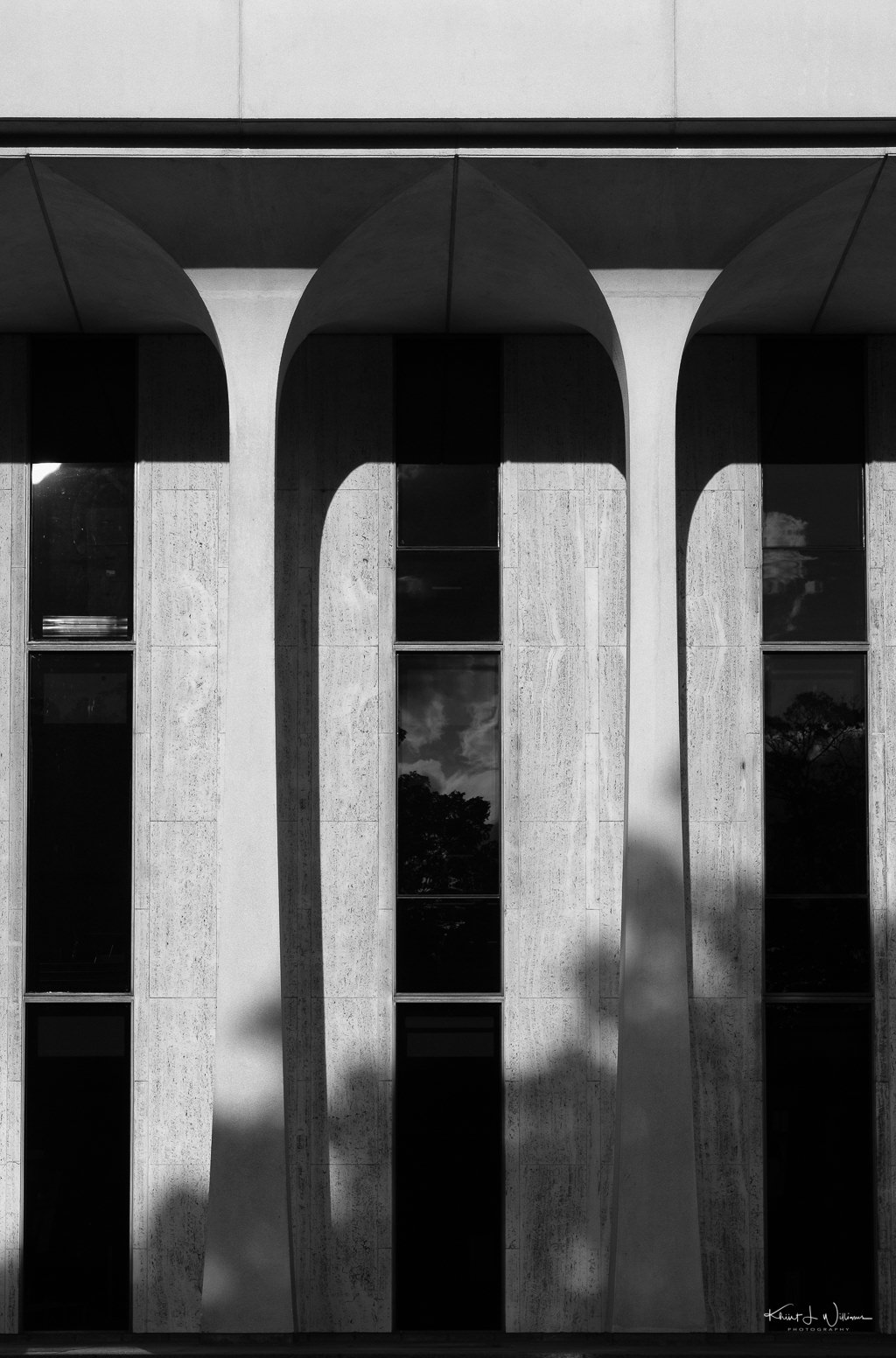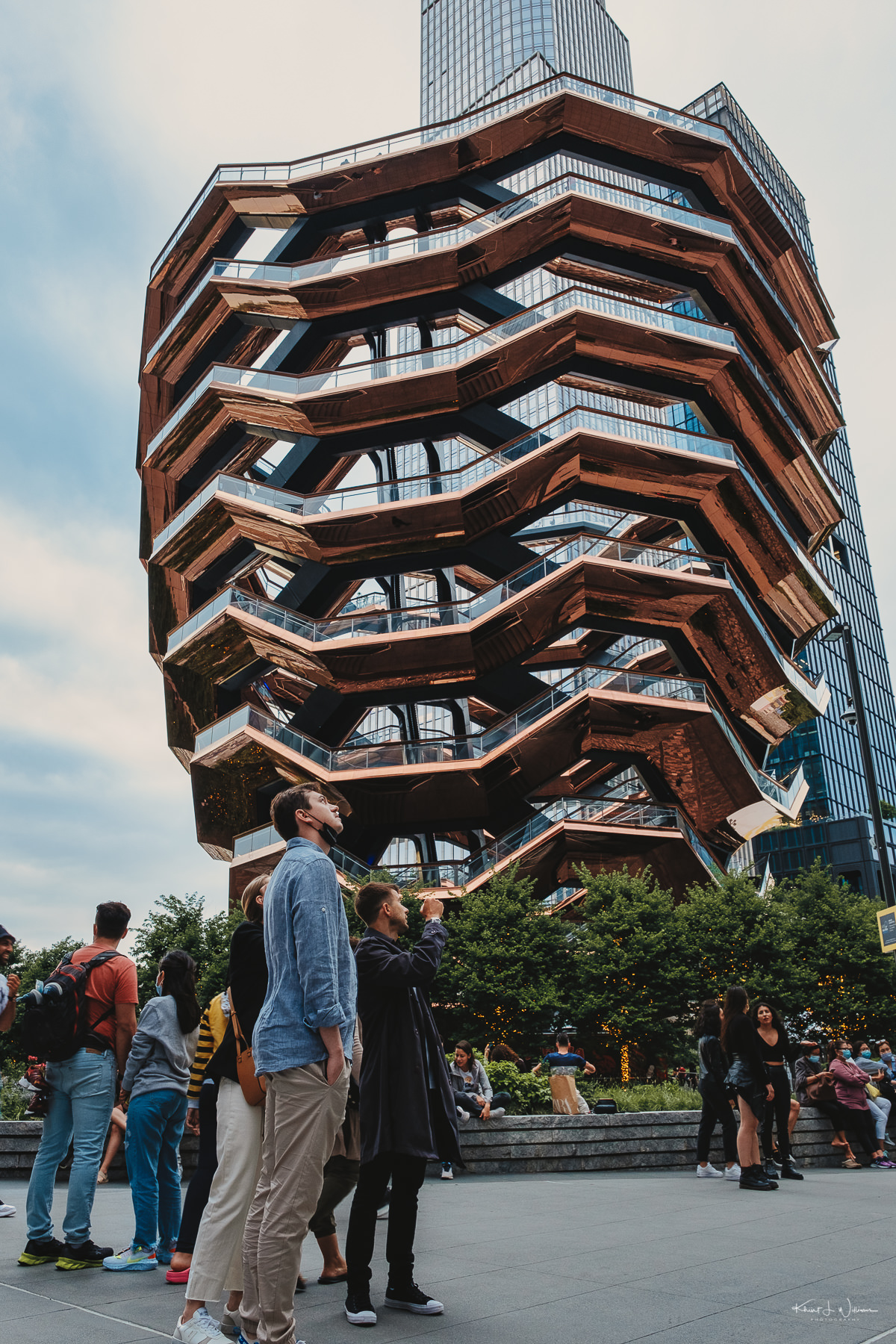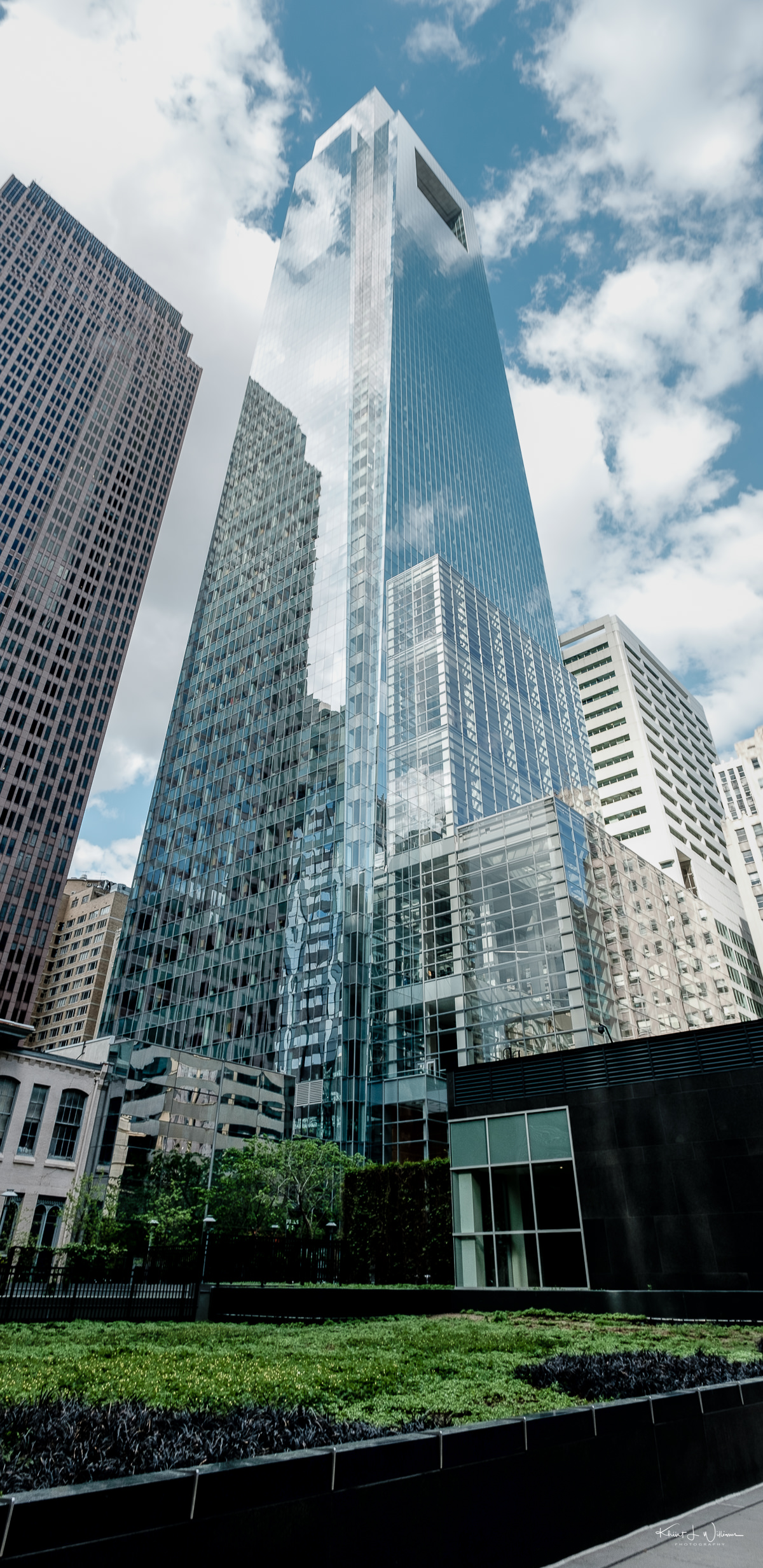I had plans to capture some new images for the Lens-Artists Challenge #173, Interesting Architecture. I had the day off for Veterans Day so in the afternoon I drove out to Mountain View Road and into Princeton to capture some images. I captured a few more images while I was in Rocky Hill getting a bacon egg and cheese sandwich for breakfast. When I downloaded the images to my Mac, I realised I had made a mistake. I had somehow set the camera to record only JPG images. Argh!?
I am not in a good mood. The sun has disappeared behind an all-grey sky and the weather forecast for the remainder of the day is for heavy rains with 40-50mph winds. Saturday and Sunday are the only two days when I can shoot during daylight. I started doing it so I could get out of the house and do something creative. But it's not fun if I'm rushing to capture images on the weekend. I think I may have to give up on the idea of capturing new images each week for the Lens-Artists Challenge.
I think I have enough images in my catalogue to offer a varied display of architecture for this week's challenge but I don't want to be in a habit of posting older images from my Adobe Lightroom catalogue. It's boring.

I may have posted this before but I love this short essay,_The Way The Camera Sees_, by David du Chemin. I find his words so inspiring without of that "film is better because it slows me down" or "SOOC get it right in camera" or "prime lens only" that some photographers seem to push.
The hardest job of the photographer is not the making of pictures. It’s not the pushing of buttons. It isn’t even being aware and having open eyes and an open mind—it’s more.
The hardest job of the photographer is seeing the way the camera sees.
That one realization—that the camera sees, or can see, much differently than we do—has probably helped my understanding of making photographs more than anything else.
We do not see the same way the camera sees; thinking the camera sees like we do will make you frustrated and wondering why your photographs don’t look the way you wanted them to.
...
We see in three dimensions, but the camera sees in only two, so our choices of where we stand with the camera (in combination with the choice of focal length) will affect a much different look than we could achieve with our own eyes.

In his essay in The Atlantic, The Rotting Internet Is a Collective Hallucination, Jonathan Zittrain writes how the decentralized nature of the World Wide Web has had an unintended consequence on information permanence, especially as it relates to legal and academic documents.
As far back as 2001, a team at Princeton University studied the persistence of web references in scientific articles, finding that the raw number of URLs contained in academic articles was increasing but that many of the links were broken, including 53 percent of those in the articles they had collected from 1994. Thirteen years later, six researchers created a data set of more than 3.5 million scholarly articles about science, technology, and medicine, and determined that one in five no longer points to its originally intended source. In 2016, an analysis with the same data set found that 75 percent of all references had drifted.
...
So far, the rise of the web has led to routinely cited sources of information that aren't part of more formal systems; blog entries or casually placed working papers at some particular web address have no counterparts in the pre-internet era. But surely anything truly worth keeping for the ages would still be published as a book or an article in a scholarly journal, making it accessible to today's libraries, and preservable in the same way as before? Alas, no.
...
Into that gap has entered material that's born digital, offered by the same publishers that would previously have been selling on printed matter. But there's a catch: These officially sanctioned digital manifestations of material have an asterisk next to their permanence. Whether it's an individual or a library acquiring them, the purchaser is typically buying mere access to the material for a certain period of time, without the ability to transfer the work into the purchaser's own chosen container. This is true of many commercially published scholarly journals, for which "subscription" no longer signifies a regular delivery of paper volumes that, if canceled, simply means no more are forthcoming. Instead, subscription is for ongoing access to the entire corpus of journals hosted by the publishers themselves. If the subscription arrangement is severed, the entire oeuvre becomes inaccessible.
My blog is 18 years old. I have older articles that link to websites or content that no longer exists. It's a problem. I considered whether my link to Jonathan's essay would suffer from "link rot" ten years from now.
But more importantly, I worry about the impermanence of documents related to precedence setting case law. Can we live in a world where restricted access to legal documents based on the ability to pay to see them could have consequences for personal legal defence?

I discovered a post by Sabrina Zeidan on how to serve scaled images in WordPress to speed up a website. I applied the techniques Sabrina outlined in the article and immediately improved the performance of my website. The Regenerate Thumbnails plugin is still processing thousands of images but when I tested in GTmetrix some blog posts loaded noticeably faster.
This post will help you to fix this issue for:
existing images
for images that will be uploaded later on
both for mobile and for desktop
for different pages on your website, not only for that one that you’ve tested in GTmetrix

I thoroughly enjoyed this essay by Lennox Honychurch - The Kalinago Fight for Oüaladli and Oüahómoni: A Clash of Cultures over Possession of Antigua and Barbuda. I grew up in an ethnically and racially mixed family. I celebrated Christmas like a French catholic, ate a diet that mixed native Kalinago, African, Indian, Spanish, French cuisine and spoke both the Queen’s English and local creole. From the article, it seems that a pattern of cultural absorption may have been inherited from the Kalinago people.
If this absorption of other ethnic groups into their kinship system was a considered strategy, it would have been a continuation of the pattern active at the time of the first encounter when Kalinagos appear to have been taking wives from other groups and integrating men into their kinship network. In any case, by co-opting people of other ethnic groups into their communities during the sixteenth and seventeenth centuries, in the face of their own demographic decline, they were able to continue to pursue cultural practices that had been reliant on large-scale cooperative action. The clearing of land, cultivation of crops, the processing of foodstuffs, manning of canoes and construction of shelters were activities which required teamwork and which were severely threatened by the pressures exerted by colonisation on their reduced numbers.


Nice pictures, Khürt. I especially like the sunset on the bridge of The Vessel at Hudson Yards.
Hi Daniel. The Hudson Yards Vessel is worth the visit.
These are great pictures, Khurt. I especially like your silhouette image (fourth one) with sunlight reflecting off the water and bridge walkway! Enjoyed reading your post and the essay by David du Chemin. I have several of his videos on editing and photography books and think he is a very good teacher.
Thank you, Sylvia.
Your Princeton image is beautiful Khurt and takes me back to my many visits to the beautiful Princeton campus. Bummer about the weather getting in the way of your plans but I appreciate your efforts to find something new for us each week.
I’m already compiling a shot list for this week’s challenge. 🙂
Excellent!